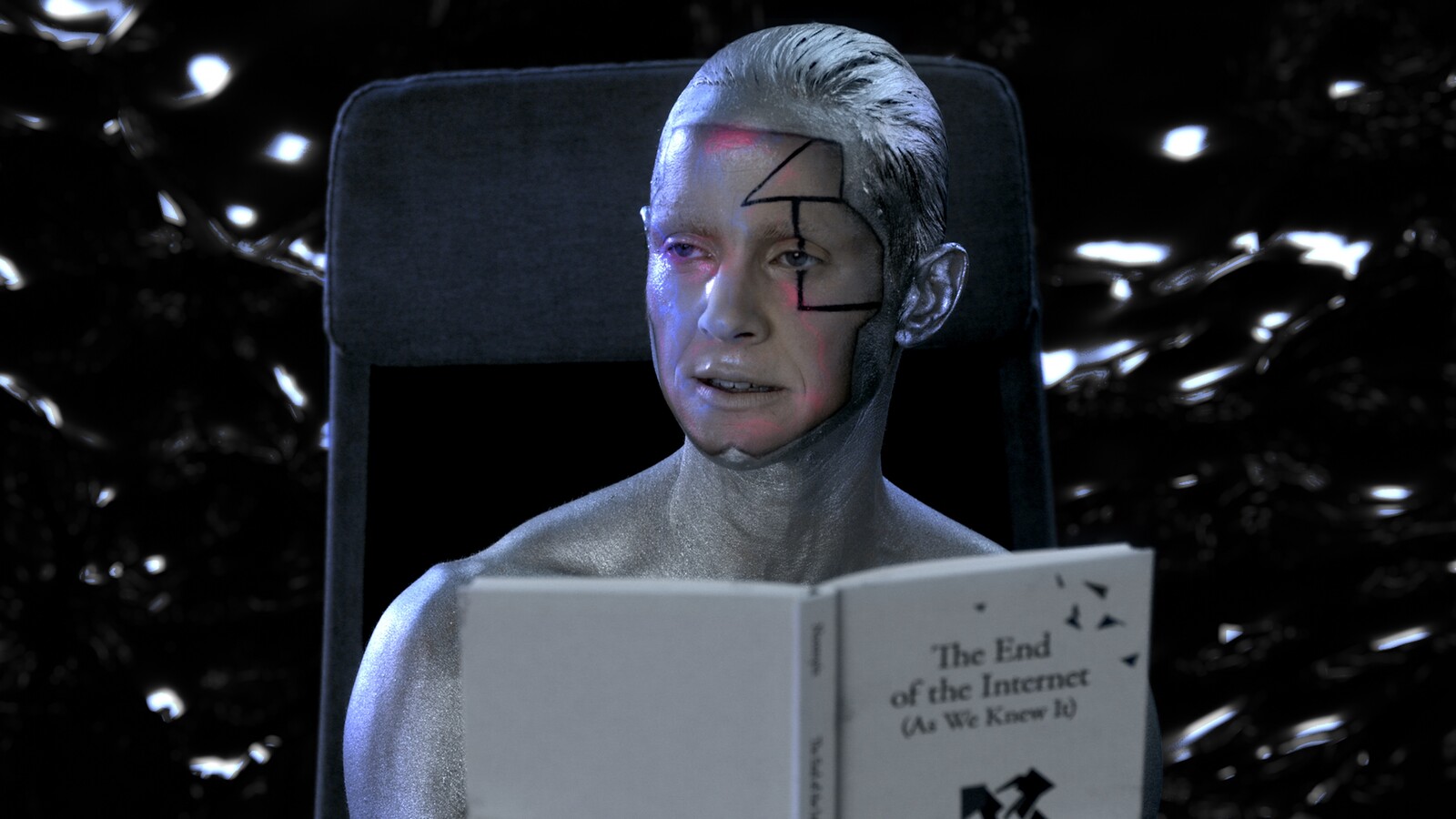Suneil Sanzgiri: Screening and Conversation
There was a structure. Things which were revealed were sealed. It was done in such an orderly fashion because, of course, these things were classified. Now they’re unclassified, but they’re still classified in a way because we don’t see all the evidence or facts that had apparently been gathered. It’s decorative to a certain extent: what is revealed and what is unrevealed, what is fact and what is fiction. So then it’s about what the spectator projects onto those files. The blackness was almost like holes within the system. Those holes tell you a lot about the failures of state surveillance, and more than anything, about the triumphs of the Robesons.
The techno-social is the form of the social that comes after its end. It is neither a virtual nor a global digital community, but a component of the milieu generated by a new technical being—the digital computational network. It was triggered not so much by social media, as first assumed, but by the turn whereby social computing no longer simply supported social interaction but started “to process the content generated by social interaction,” making its results “usable not just by users but by the digital systems that supported their activities” (Thomas Erickson).
In line with its showboating tendencies, the AI claims that its secrets are the very secrets of the universe, and that these secrets are still hidden. In other words, even if the AI has “seen it all, heard it all, recorded it all, stored it all, used it all, analyzed it all,” it still cannot understand any of it. Thus, what is revealed is the rather mundane secret that interpretation is required. But how should one interpret the fact that the AI lets the preferred methods of the humanities back into the game?






























